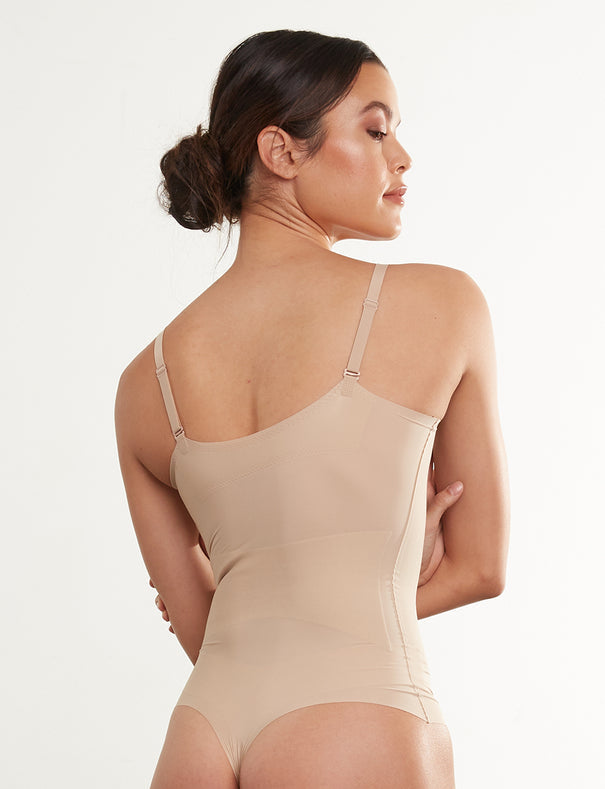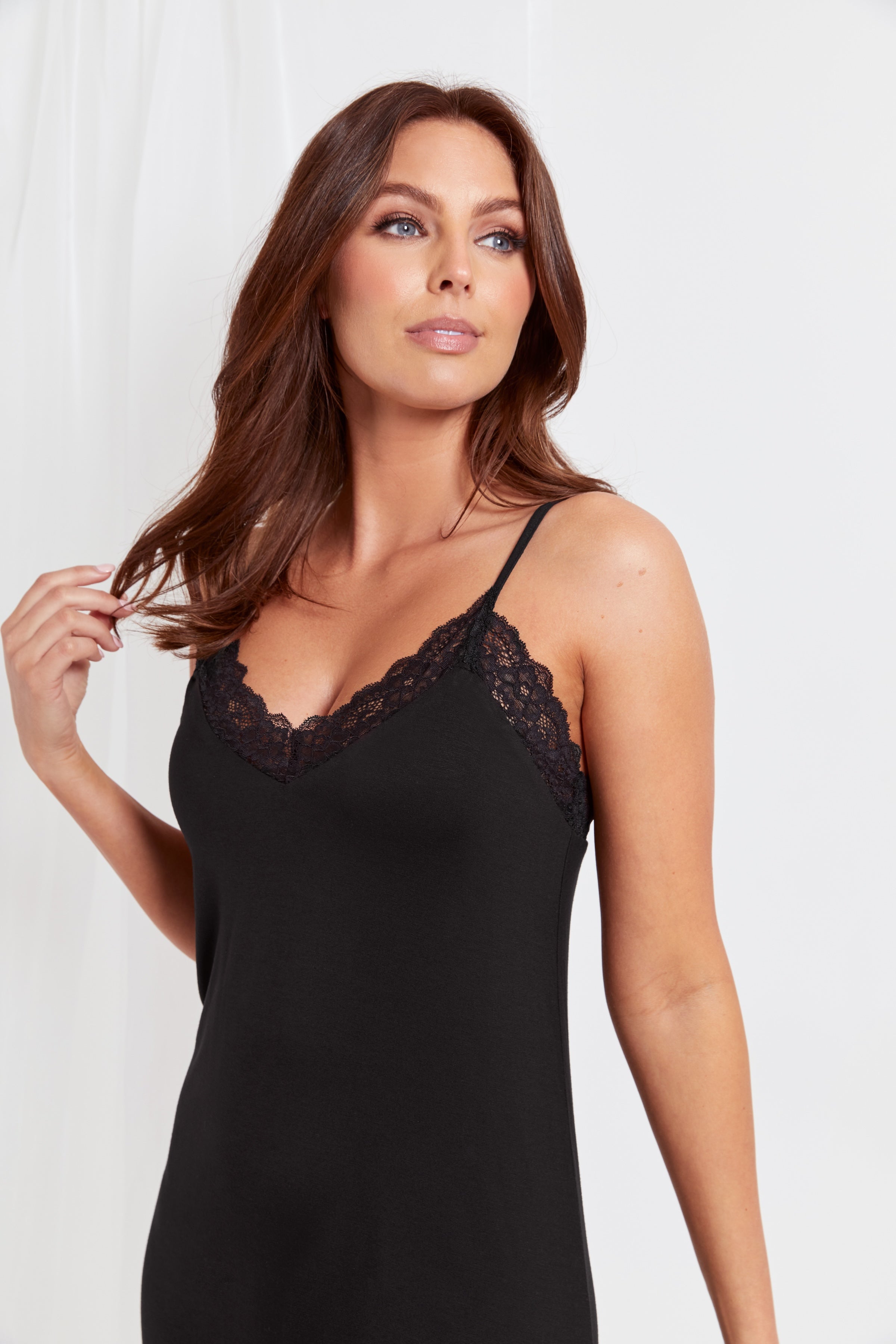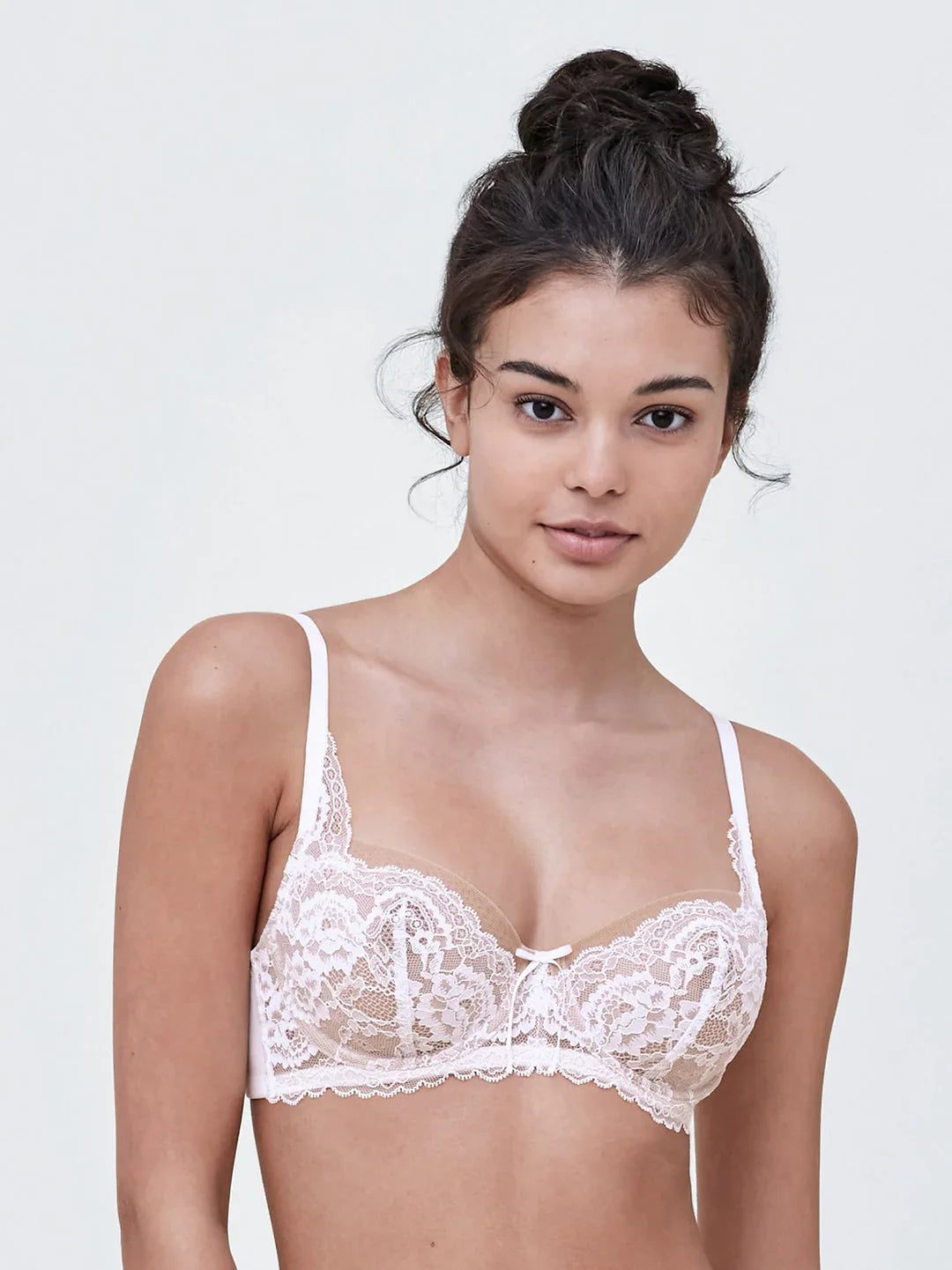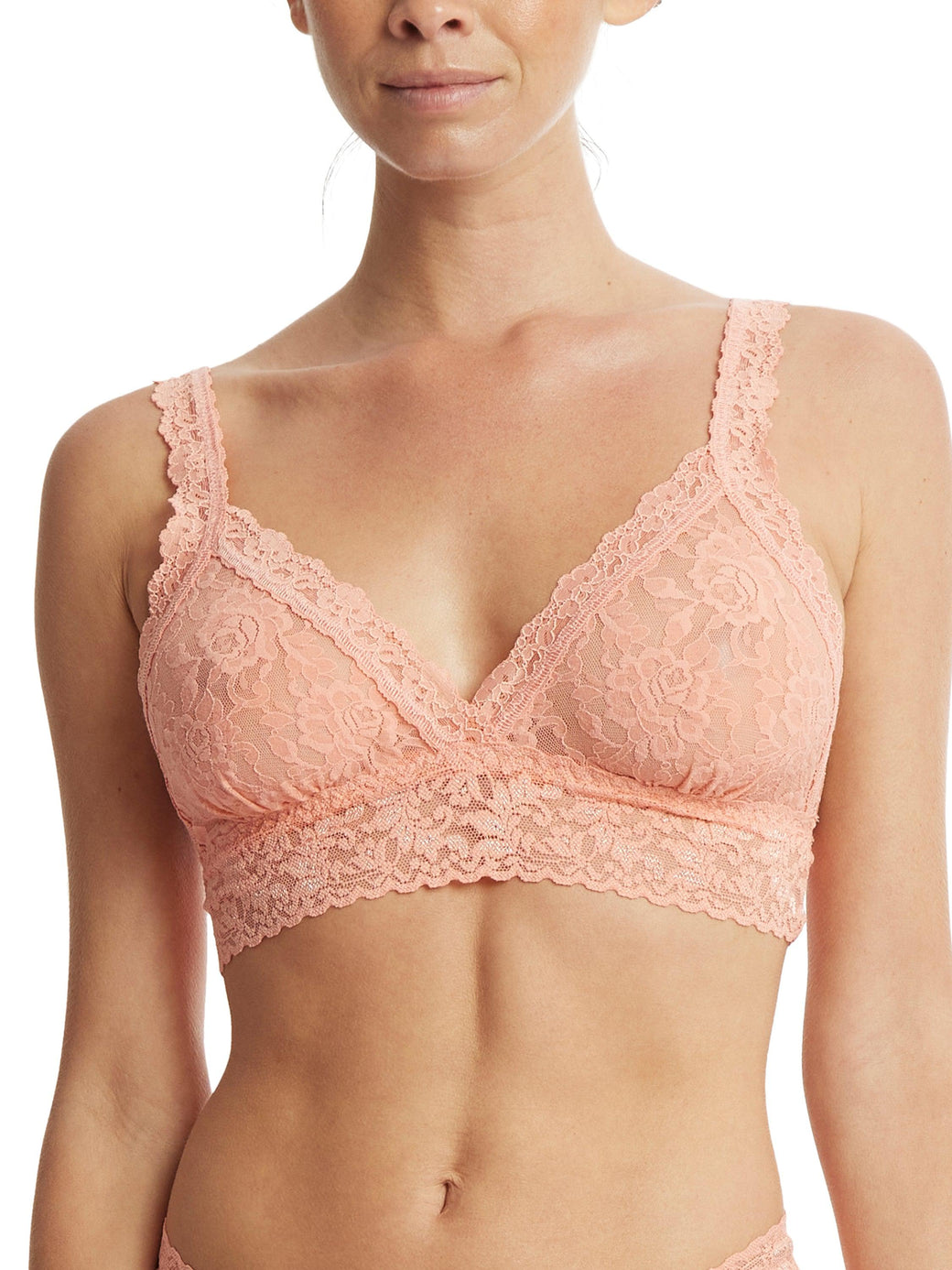Understanding the Difference Between G-String and Thong

The Fine line between a thong underwear and g string
When it comes to lingerie, the terms “thong” and “g-string” are often used interchangeably, but in reality, they refer to two distinct styles of underwear. There are many different styles of thongs and g-strings, each offering unique levels of back coverage, front coverage, and design to suit various preferences and body types.
What is a thong? A thong is a type of underwear that features a narrow strip of fabric that runs between the buttocks, leaving the buttocks mostly exposed. Thongs provide more back coverage than g-strings and often feature a V shaped design, which helps cover more of the butt compared to g-strings. Some thong panties are made with lace or elastic materials, and wider straps or a thicker waistband can provide more comfort and support around the waist. Thongs can offer full coverage in the front while still being minimal in the back, and some styles are designed for a low cut look. These panties come in various styles, including low-rise, high-rise, and seamless, offering different levels of coverage and comfort. They are popular for minimizing visible panty lines under tight-fitting clothing, and the whale tail effect can occur when the V shaped back peeks above low rise pants.
What is a g-string? On the other hand, a g-string is even skimpier than a thong, with a minimal amount of fabric that barely covers the genital area and leaves the buttocks completely exposed. The back strap of a g-string forms a t shape, providing minimal back coverage, and a narrow piece of fabric connects to the waistband. G-strings are thinner and use less fabric than thongs, making them a popular garment for those who want to avoid panty lines. The minimal design means the fabric sits close to the skin and body, and the choice of material (such as elastic or lace) can affect comfort. G-strings are designed to provide the least amount of coverage possible while still offering some support. They are often chosen for their sexy and daring appeal, and some people wear g strings as a fashion statement or for empowerment, as the garment is designed to be both functional and expressive.
Key differences, What is the difference between a thong and g-string? In the g string vs thong comparison, the main differences are in shape, back coverage, and the amount of fabric used. Thongs have more fabric and wider straps, while g-strings are thinner and use less fabric, resulting in a more revealing look. The shape of the back design, V shaped design for thongs, t shape for g-strings, influences both coverage and silhouette. There are also variations like the v string, which features a V shaped back and unique front coverage. Thong panties are a versatile choice for different outfits and occasions.
Another difference lies in the waistband. Thongs typically have a thicker waistband that sits higher on the hips, while g-strings have a thin waistband that sits lower on the hips, creating a more minimalistic look. The fit at the waist and the use of elastic materials contribute to comfort and support. The choice of material, such as cotton, lace, or elastic, affects how the underwear feels against the skin and body. Some people feel comfortable wearing g-strings for everyday wear, while others prefer more coverage for their bits and butt. The minimal design of g-strings and thongs means they are often chosen as undies for tight or sheer clothing. However, the minimal coverage also means they do not cover much of the butt or bits, which can be a consideration for comfort and hygiene.
Introduction to Intimate Apparel
Intimate apparel is more than just a basic necessity, it’s a key part of expressing your personal style and feeling comfortable every day. With so many underwear styles available, from classic briefs to daring g strings and thongs, finding the right fit for your lifestyle can feel overwhelming. Thongs and g strings, in particular, are popular choices for women who want to combine comfort, confidence, and a sleek look under any outfit. Understanding the differences between these two styles is essential for making the best choice for your everyday wear. In this article, we’ll break down the unique features, history, and benefits of thongs and g strings, helping you navigate the world of intimate apparel and find the underwear that suits your needs and style.
Definition and Characteristics
G strings and thongs are both designed for minimal coverage, making them ideal for avoiding visible panty lines under tight clothing, sheer fabrics, or even bikini bottoms. A g string is known for its ultra-thin string or narrow strip of fabric that runs between the buttocks, paired with a small triangle of fabric at the front for just enough coverage. Thongs, by contrast, offer a bit more coverage with a wider strip of fabric or a thicker waistband, providing a slightly more substantial feel while still keeping panty lines at bay. Both styles are typically worn by women who want a smooth, seamless look under their clothing, whether it’s for a special occasion or everyday wear. The choice between a g string and a thong often comes down to how much coverage you prefer and the type of outfit you’re planning to wear.
History and Evolution of Thongs
The origins of thong underwear can be traced back thousands of years, with early versions worn by ancient hunter-gatherers for practicality and comfort. Over time, the thong evolved, especially with the introduction of modern materials like nylon and cotton, which made these styles more comfortable and accessible. The g string emerged as a bold, minimalist take on the traditional thong, quickly gaining popularity for its barely-there design and ability to disappear under even the tightest clothing. Today, thongs and g strings are available in a wide range of fabrics, colors, and styles, making them a staple in many women’s lingerie drawers. Whether you’re looking for something for everyday wear or a statement piece for a special occasion, there’s a thong or g string to match every fashion need and personal preference.
Key Differences Between Thongs and G-Strings
When comparing thongs and g strings, the main difference lies in the amount of coverage and the design of the waistband and back. Thongs provide more coverage with a wider strip of fabric or a thicker waistband, making them a comfortable choice for those who want a bit more support. G strings, on the other hand, feature a thin string or narrow strip, offering the most minimal coverage possible. This makes g strings the go-to option for a truly seamless look under tight clothing or when you want to avoid any visible panty lines. The choice between these two underwear styles often comes down to personal preference, comfort level, and the specific outfit you’re wearing. Whether you prefer the extra coverage of a thong or the barely there feel of a g string, understanding these differences can help you select the right underwear for any occasion.
Benefits of Wearing Thongs and G-Strings
Choosing thongs or g strings comes with several advantages, especially if you want to avoid visible panty lines and achieve a smooth silhouette under your clothes. Both styles are perfect for tight clothing, as their minimal coverage ensures that panty lines stay hidden, no matter what you’re wearing. Thongs and g strings are also versatile, making them suitable for everything from everyday wear to special events. For women who appreciate a more revealing, fashion-forward look, these underwear styles can boost confidence and add a touch of allure to any outfit. When deciding between a string and a thong, consider your personal style, comfort level, and the type of clothing you’ll be wearing. With the right fit, thongs and g strings can become your best bet for comfort, style, and a flawless finish to any look.
Which One Should You Choose?
Choosing between a thong and a g-string ultimately comes down to personal preference and comfort. When selecting panties or undies, it's essential to choose styles that make you feel comfortable and suit your body shape. If you prefer more coverage and a bit of support, a thong might be the better option for you. On the other hand, if you’re looking for a daring and provocative style, a g-string could be the perfect choice.
It’s important to consider the occasion and your outfit when selecting between a thong and a g-string. Thongs are great for everyday wear and can be more comfortable for some individuals, while g-strings are often reserved for special occasions or when you want to make a bold statement. The material and elastic waistband can affect how the underwear feels against your skin and waist, influencing your comfort level throughout the day.
Now that you understand the differences between thongs and g-strings, you can make an informed decision based on your preferences and comfort level. Some people prefer to wear g strings for their minimal feel, while others may choose thongs or other panties for more support and coverage. Whether you opt for the more modest thong or the daring g-string, both styles offer their own unique benefits and can help you feel confident and sexy in your lingerie choices.


